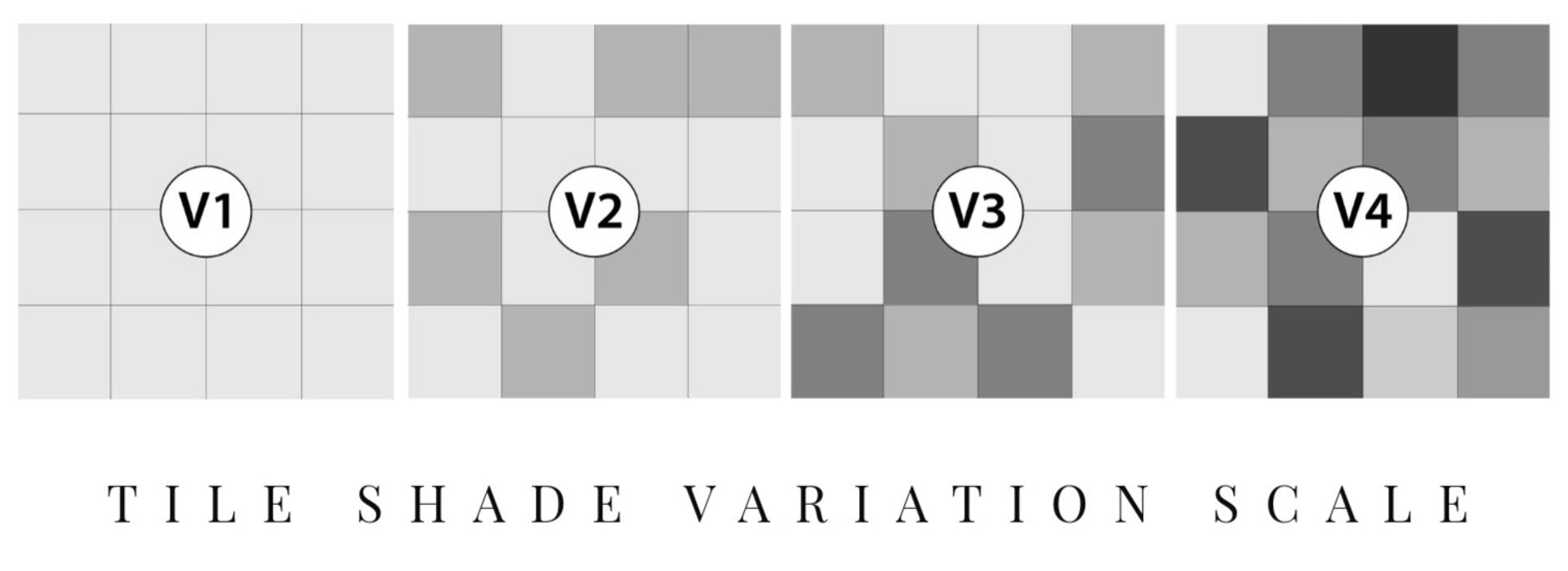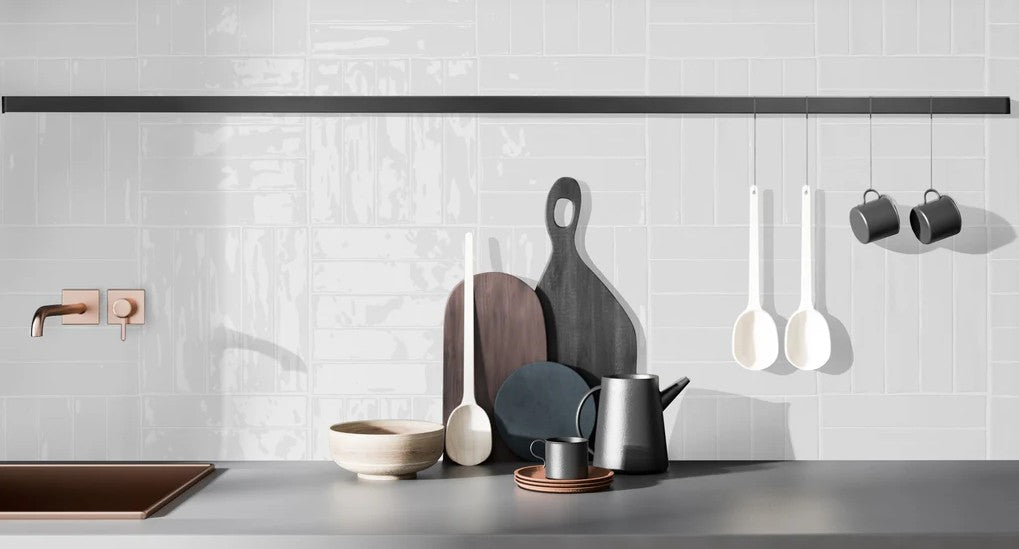Why Choosing the Right Floor Tile Material Matters
Flooring is one of the most significant investments you can make in your home. It's not just about aesthetics—it’s about function, durability, and long-term value. Whether you’re renovating a single room or outfitting an entire house, the material you choose for your floor tiles can make or break your space.
From durability and water resistance to style and comfort, each tile material has strengths and weaknesses. In this guide, we’ll break down the most popular types of floor tiles, explore where they work best, and help you make an informed decision for each room in your home.
Porcelain Tile: The Durable Workhorse
Porcelain tile is one of the most popular choices for modern flooring—and for good reason. Made from refined clay and fired at high temperatures, porcelain tiles are denser and more water-resistant than their ceramic counterparts.
Pros:
-
Highly durable
-
Excellent water resistance
-
Easy to maintain
-
Suitable for indoor and outdoor use
Cons:
-
Heavier than ceramic
-
Can be more expensive
-
Requires a strong subfloor
Porcelain tile is perfect for bathrooms, entryways, and kitchens, especially where moisture and heavy foot traffic are expected. If you're planning a minimalist or contemporary interior, its clean look and wide design range make it a go-to option. In a future article, we’ll go in-depth on porcelain tile for kitchens, discussing slip-resistance and design strategies.
Ceramic Tile: Affordable and Versatile
Ceramic tile is another excellent choice, particularly for budget-conscious homeowners. It’s made from natural clay and fired at a lower temperature than porcelain, making it slightly more porous but easier to cut and install.
Pros:
-
More affordable than porcelain
-
Lighter weight
-
Wide range of colors and finishes
Cons:
-
Less water-resistant than porcelain
-
Prone to chipping in high-impact areas
Ceramic tiles are ideal for bedrooms, hallways, and living rooms, especially in warm climates. Planning to use ceramic in high-moisture zones? Our upcoming post on floor tile options for bathrooms will dive deeper into what to look for.
Natural Stone Tile: Classic and Luxurious
For those seeking a high-end, organic look, natural stone tiles—like marble, travertine, and slate—add unmatched elegance.
Marble
Marble floors scream luxury. With dramatic veining and a polished finish, they’re a designer’s dream for formal living rooms or powder rooms.
Pros:
-
Elegant appearance
-
Increases property value
-
Cool underfoot (great for warm climates)
Cons:
-
Expensive
-
Can be slippery when wet
-
Requires sealing and maintenance
Slate
If you're going for a rustic or farmhouse vibe, slate is a strong, earthy option with natural texture.
Travertine
Travertine offers a warm, timeless look, often found in Tuscan or Mediterranean-style homes. It’s softer than other stones, so it's better suited to low-traffic areas unless properly sealed.
For a deeper dive, our post on natural stone floor tile pros and cons will explore maintenance needs, sealing schedules, and best applications.
Luxury Vinyl Tile (LVT): Not Just a Budget Choice
Luxury Vinyl Tile, or LVT, has rapidly grown in popularity due to its realistic stone and wood visuals, softness underfoot, and easy installation.
Pros:
-
Affordable
-
DIY-friendly
-
Comfortable and warmer than ceramic
-
Waterproof options available
Cons:
-
Not as durable as stone or porcelain
-
Can dent with heavy furniture
LVT is ideal for basements, home gyms, and children’s playrooms—anywhere comfort and resilience are key. Stay tuned for a dedicated post on LVT vs. ceramic tile for family-friendly flooring.
Best Floor Tile Materials by Room
Here’s a quick guide to help match the right tile material to each area of your home:
| Room | Recommended Material | Why |
|---|---|---|
| Kitchen | Porcelain, Ceramic | Water resistance, easy to clean |
| Bathroom | Porcelain, Natural Stone | Waterproof, spa-like feel |
| Entryway | Porcelain, Slate | Durability, dirt resistance |
| Living Room | Ceramic, LVT, Marble | Style and comfort |
| Basement | LVT, Porcelain | Moisture resistance, warmth |
| Laundry Room | Porcelain | Withstands leaks and detergents |
| Bedroom | Ceramic, LVT | Budget-friendly and soft options |
More specific recommendations will be covered in our upcoming room-by-room series, including tile ideas for entryways and floor tile solutions for high-traffic areas.
Other Considerations: Cost, Maintenance, and Style
While performance is essential, cost and aesthetics also play a significant role. Here's a rough cost breakdown per square foot (materials only):
-
Ceramic: $1 – $5
-
Porcelain: $3 – $10
-
Marble: $7 – $20+
-
Travertine: $5 – $15
-
Slate: $5 – $10
-
LVT: $2 – $7
Natural stone typically requires more upkeep, including sealing and special cleaning products. If you’re looking for a low-maintenance option, porcelain or LVT may be your best bet. You’ll learn more in our maintenance-focused article on how to care for floor tiles based on material.
Sustainability and Eco-Friendly Options
Eco-conscious homeowners may be drawn to recycled-content tiles or ceramic tiles with green certifications. We'll be covering these in a future post on sustainable tile flooring choices—a must-read if you're doing a green remodel.
The Bottom Line: Match Material to Function and Style
Choosing the right floor tile starts with understanding the unique needs of each space. Do you need waterproofing? High durability? Warmth and softness underfoot? Once you know your priorities, the right material will make itself clear.
In upcoming posts, we’ll explore topics like:
-
Best Tile for High-Traffic Areas Like Entryways and Hallways
-
Waterproof Floor Tile Solutions for Bathrooms and Laundry Rooms
Whether you’re tiling a sleek modern kitchen or a cozy rustic entryway, there’s a perfect tile material waiting to be discovered.








